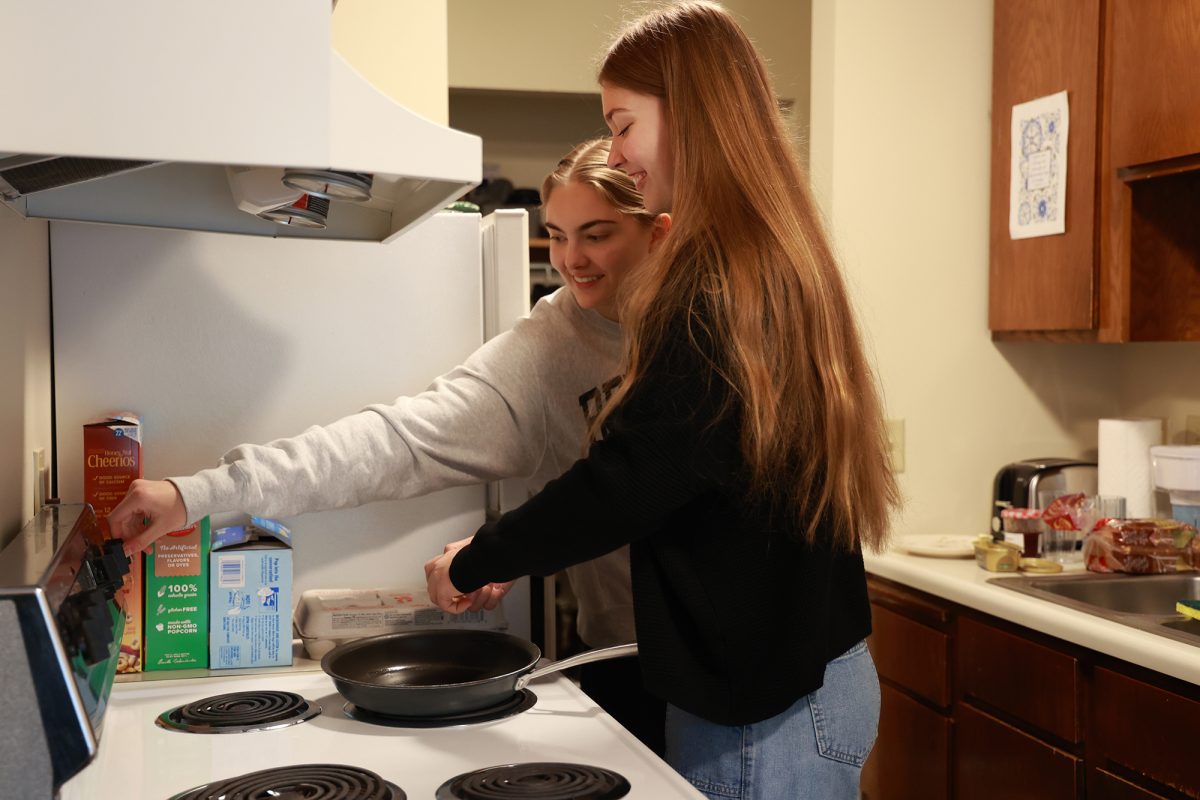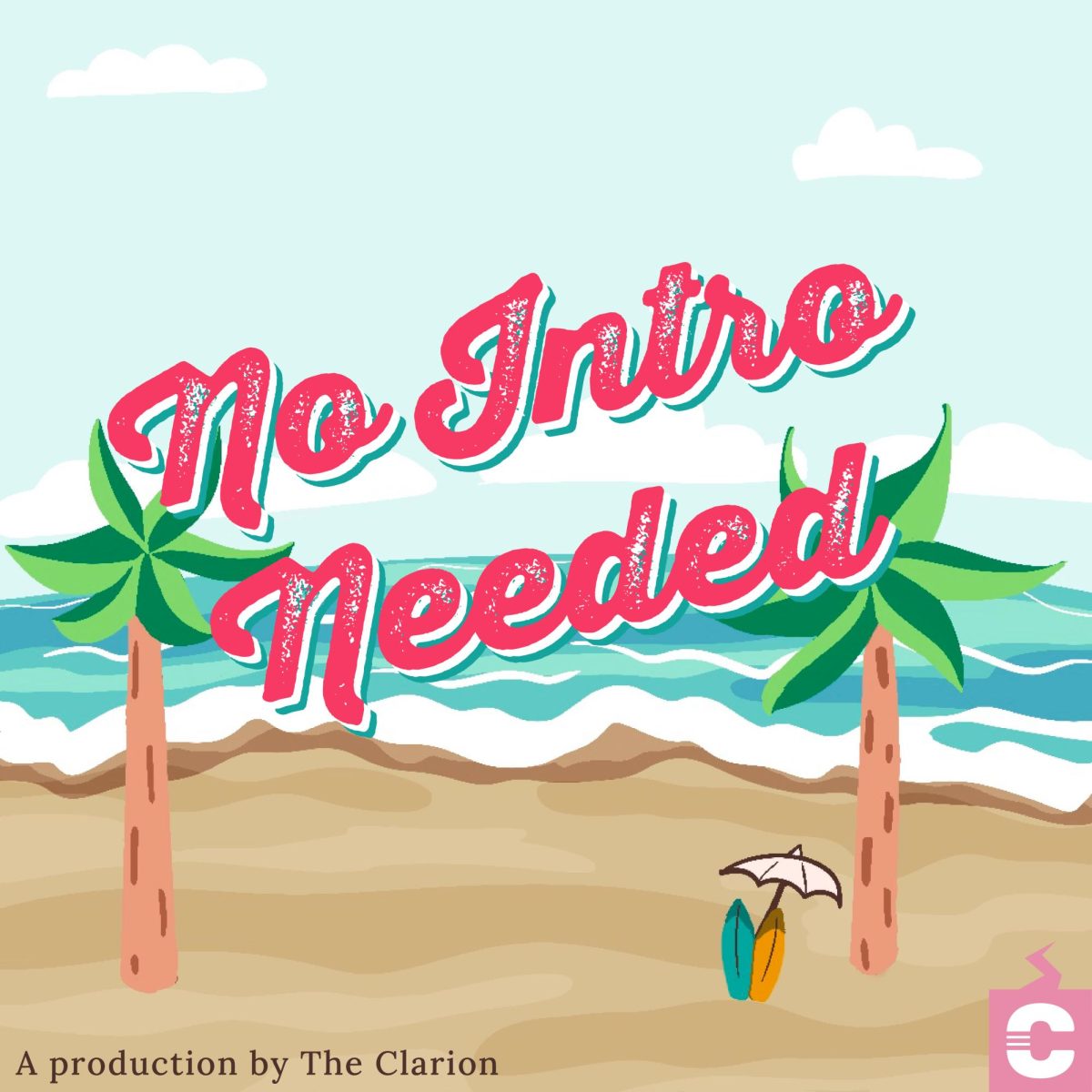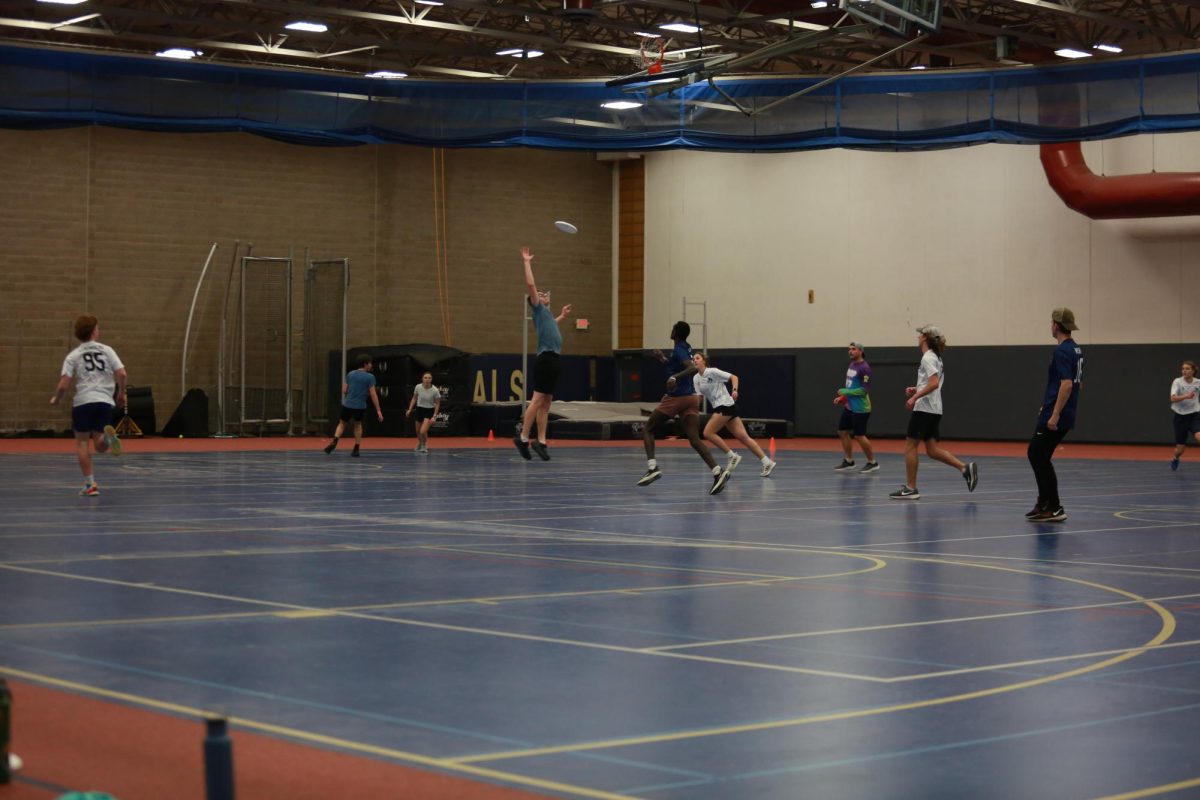For activists, Blacks Lives Matter is about more than protesting; it’s fighting for equality.
Marissa Gamache | News Editor
Police brutality, racial profiling, protests, killing, hurt, anger, death, tragedy, change. The North Minneapolis neighborhood has experienced all of these things and more.
“My one nephew, he gets stopped every week by the police, and he knows what to do so that nothing happens,” Professor Karen McKinney said. “ This is ridiculous.”
For many individuals living in North Minneapolis, being stopped by the police is a regular occurrence. The American Civil Liberties Union of Minnesota report shows from 2012 to 2014, out of 96,000 arrests for low-level crimes, blacks were 8.7 times more likely to be arrested than whites. This may lead to assumptions about the people of North Minneapolis, but Tanden Brekke of Campus Ministries sees the population differently.
“The people here are different than what [the statistics] are describing,” he said.
Brekke’s family lives 2.5 miles north of the 4th precinct, where Black Lives Matter protesters camped out for 18 days in response to the shooting of Jamar Clark by Minneapolis cops.
Racial tension has been mounting in the area between blacks and police according to Brekke. Jamar Clark’s death was in essence the “straw that broke the camel’s back” before true action was taken by Black Lives Matter in Minneapolis.
Brekke called the protest at the 4th precinct “beautiful.” He spent about 12 days at the protest, bringing crockpots of food to share with protestors or huddling around a bonfire sipping hot cocoa. The BLM’s reason for protesting is to bring “Freedom and Justice for all Black Lives,” according to their official website.
The issues in the North Side are ones McKinney has seen firsthand. McKinney grew up in North Minneapolis and said she’s experienced many injustices by cops towards the racially diverse community. McKinney hopes the injustices of racial profiling can be combated with education and understanding, and for social justice to prevail.
“I know it is really hard to change institutions and it is institutionalized how this country goes about profiling,” McKinney said, adding that Minnesota is among the nation’s worst spots for profiling. Relationships between the community and police officers are rocky; many people blame the makeup of the ethnical diversity on the police force.
Brekke recognized the job of police officers as a tough one, but also pointed out the need for there to be an increase in officers patrolling the neighborhood in which they live. The thought behind police officers being from or living in the North Side is that they will be able to connect with the youth and neighborhoods. Being motivated to improve their own neighborhoods through positive interactions, officers will have a greater understanding of where the community struggles and what they can do to help.
While at the 4th precinct, Brekke recalls being shot at with rubber bullets, which he later found out were high powered paint bullets, and tear gassed. Brian Mogren, a member of the north Minneapolis community, was overcome with emotions when discussing what it was like to get shot with rubber bullets while protesting.
“I was standing with others, we were saying, ‘hands up don’t shoot,’” he remembered. “It was really scary.” According to Mogren, peaceful protests were combated with police force some claim to be unnecessary and excessive.
In a study done out of Washington by the Consortium for Policy Research in Education, Minneapolis ranked last out of 50 major cities in high school graduation rate. Less than 50 percent of students in the Minneapolis school district graduate from high school in the 2012-2013 school year.
The number jumped to 59 percent across all Minneapolis high schools for the 2013-2014 school year, but minority students in those schools saw numbers well below the average. At North High Community School in North Minneapolis, the graduation rate is 42 percent; 17 points lower than the city average.
Issues plaguing the North Minneapolis community include, but are not limited to, a lack in successful retention of students in school, high crime rates and a seeming rift between citizens and police officers. McKinney hopes the youth involved in BLM will use their time and voices to ght for a better future. The BLM movement “gives hope” and has “offered up” the community, according to McKinney.
“God lives there (North Minneapolis) and God resides there in the hearts of thousands of people,” McKinney said. Too often individuals go into the North Side with ideas of quick fixes to the issues that affect the community. McKinney hopes students at Bethel can see the work needing to be done, as a long term effort to partner in long term investments to better the community. Brekke sees the community as a group full of hope for change in not only police interaction, but for the betterment of the community. “These are my neighbors,” Brekke said.
There are efforts to reconcile tensions between Minneapolis officers and the people living in the neighborhoods. Through the work of BLM and others in the community, the hope is for mutual respect to be gained from both sides of the issue.


















